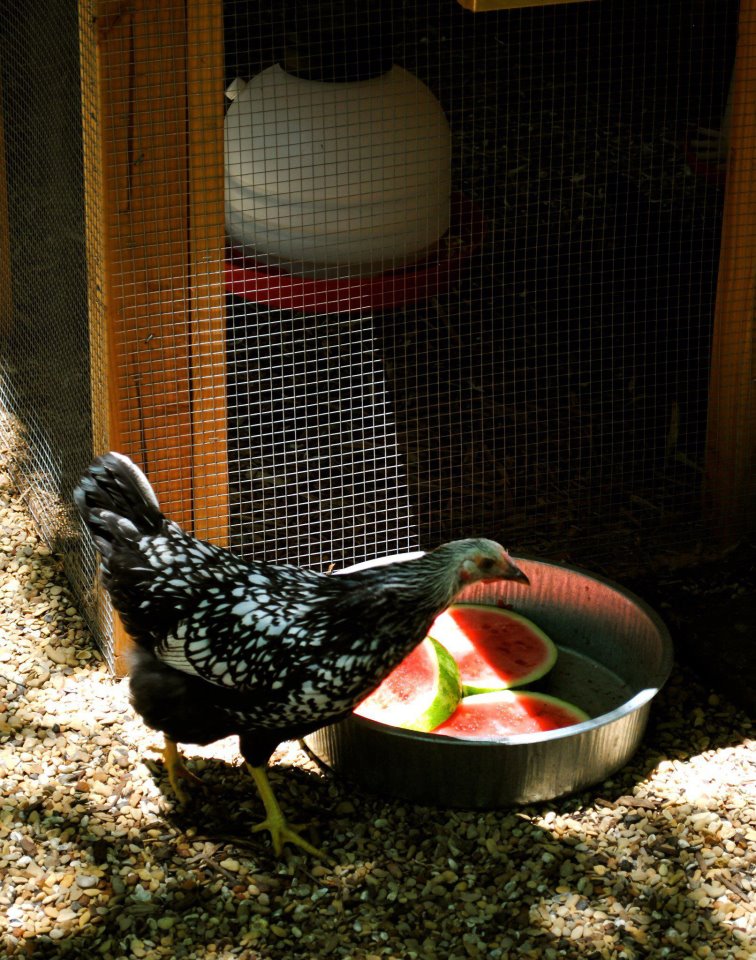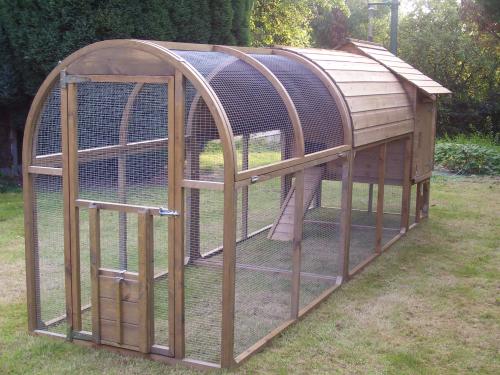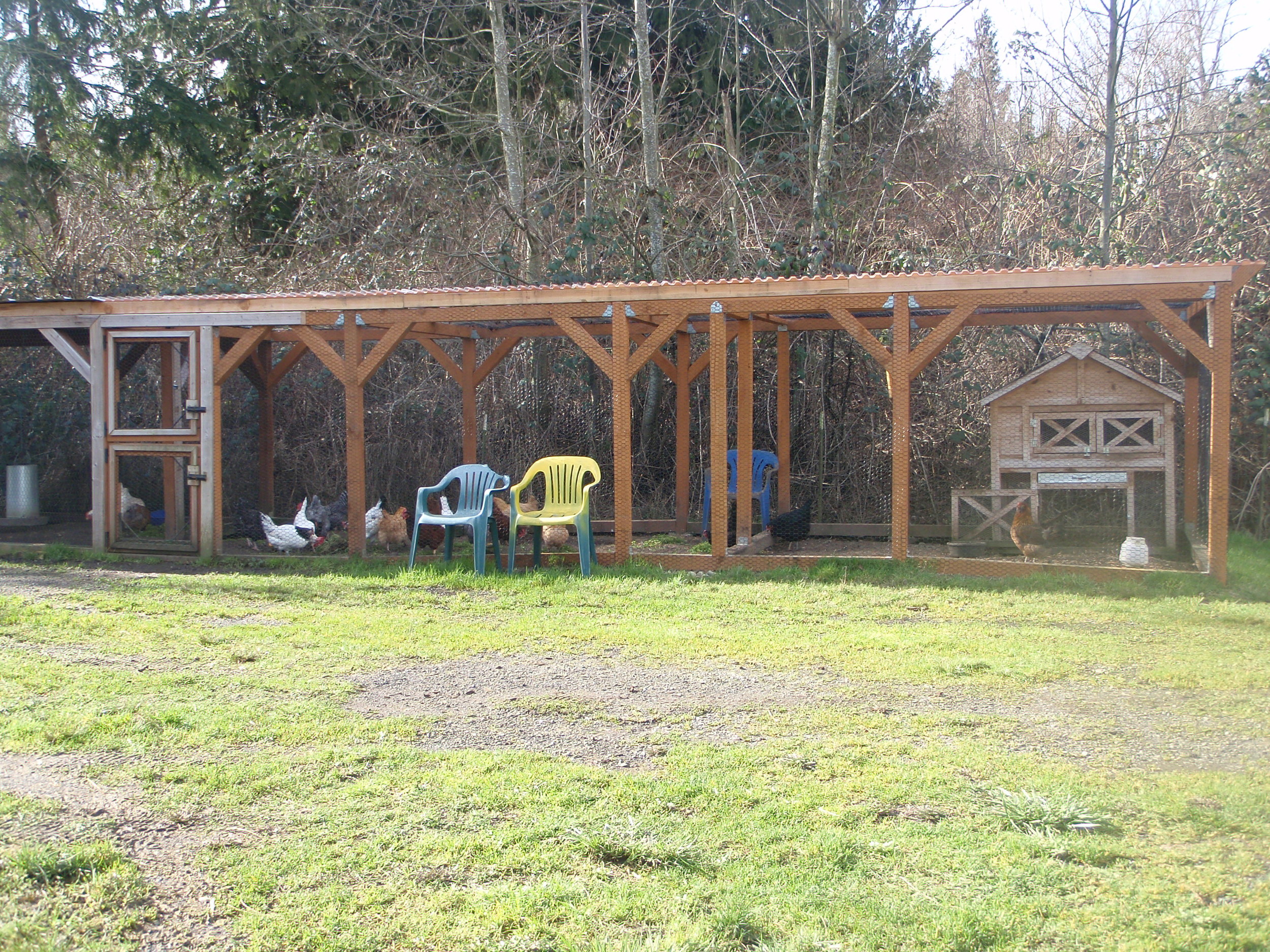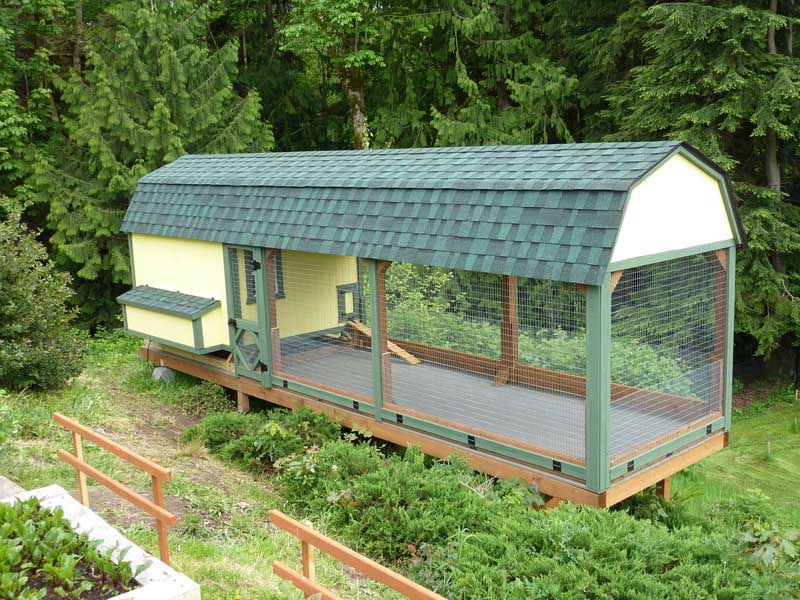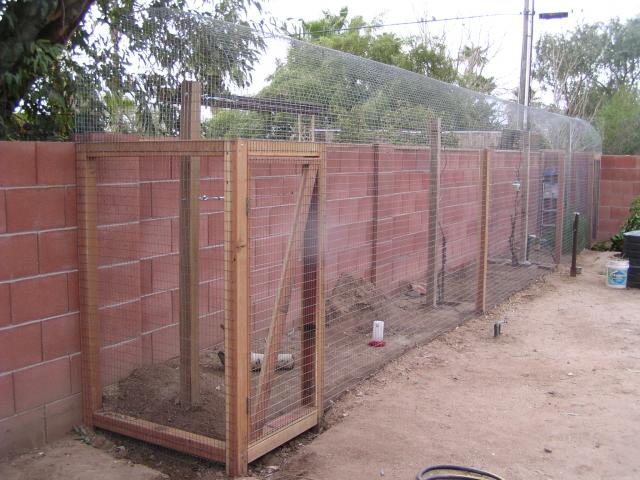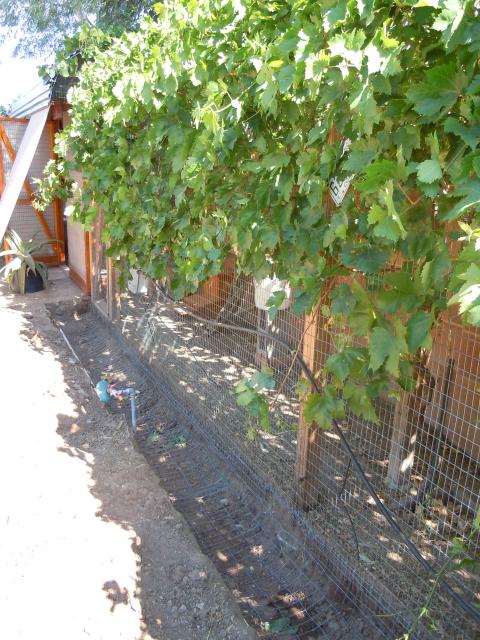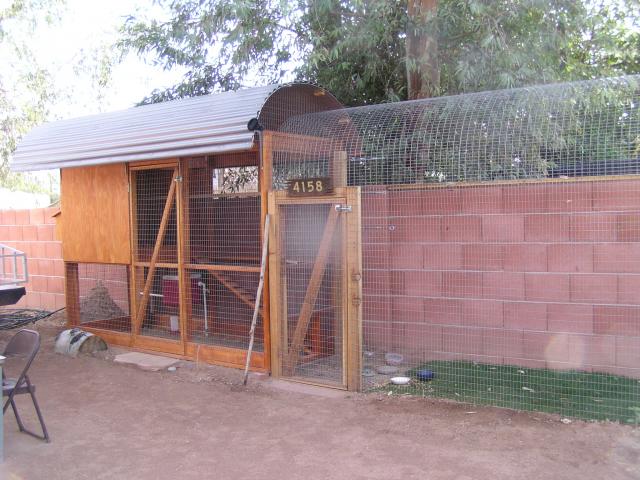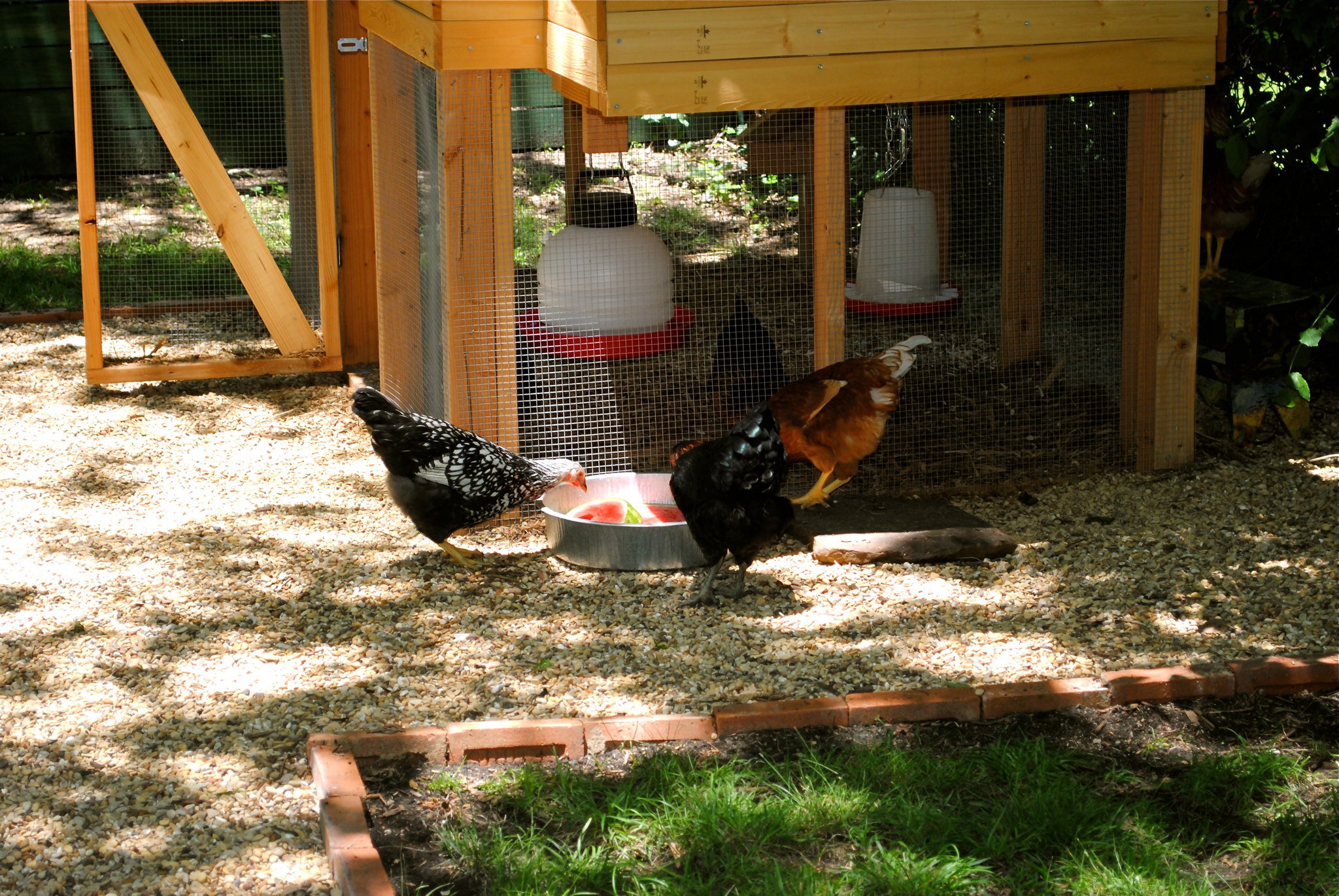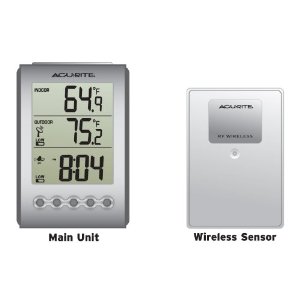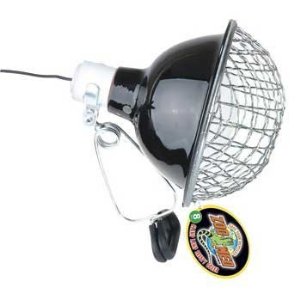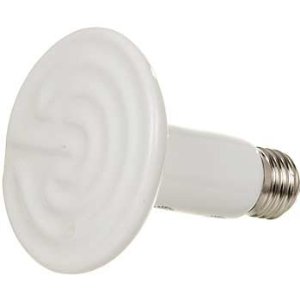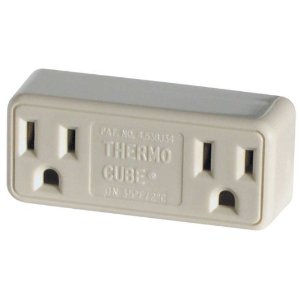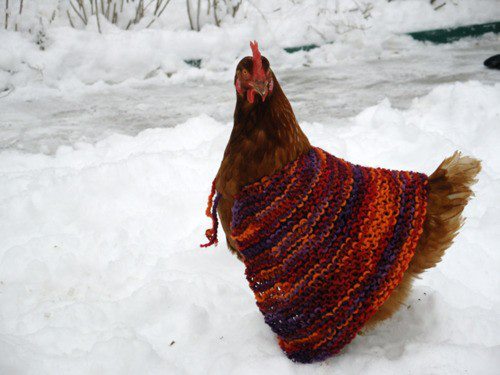Here in Texas we are quickly approaching Summer and that means you need to stock up on electrolytes for your girls. Chickens will die if they are too hot. If you see your chickens panting, they are too hot!
Go ahead and offer them regular cold water, and another container of "chicken-aid". I mix up a gallon every night before bed and keep it in the fridge. Here are some other tips to keep chickens cool!
I let my chickens free range when its this hot, they know where they feel coolest(aka under the porch) So I place water close to where they will be. Just walking around will over heat a hen, so don’t make them travel far for water. I also have a box fan to keep air moving under there.
In moderate weather a hen may drink a pint of water a day. In hot weather, that amount nearly doubles. Two pints a day X 6 hens = 12 pints people!!
Water EVERYWHERE: but don’t be thoughtless… a 5 gallon bucket of water is not the way to go. If its not good for a toddler its not good for a chicken. Keep the bowls/pan shallow.
Shade: every animal should have plenty of shade to get into on hot days.
Frozen water balloons make BIG ice cubes for waters.
Ice in drinking water: keeps the drinking water cool and helps lower body temperature. Chickens don't like drinking hot water either! You can freeze water balloons to make big ice cubes. Just make sure they fit through the top.
Wading pools: fill inexpensive kitty litter trays with water for chickens to wade in. Refill and wash it out twice a day. (this can make a huge difference)
Frozen water bottles: chickens can lay against these to keep cool. Use larger 2 liter or gallon jugs to last longer before needing refreezing. Put a towel over them for chicks that are not fully feathered. (keep them away from your food, or keep them in plastic bags while in your freezer)
Fans: Fans can be used, but keep in mind the dangers of chickens and fan blades. Also, make sure the chickens can get out of the wind if they want. You are trying to keep them happy not torture them!
Misters: a mister is a system that shoots a fine mist of water into the air to cool the air. This works best in dryer climates and can be used in the run, in a shady spot, or in the coop so long as you are aware that it might leak a bit and cause wet bedding.
Electrolytes: if a chicken suffering from heat becomes lethargic, treat with electrolytes. Powdered electrolytes can be purchased from feed stores and veterinary suppliers. Store bought electrolyte drinks can be used but have a high sugar content. Pedialyte, found in the infant food aisle is better than Gatoraid because it is lower in sugar content.
Watermelon: Chickens love melon and it is a great way to keep them cool. Just don't over feed them. It is very messy.
Cool off the coop: Spray down the roof of the coop a few times a day if you can.



